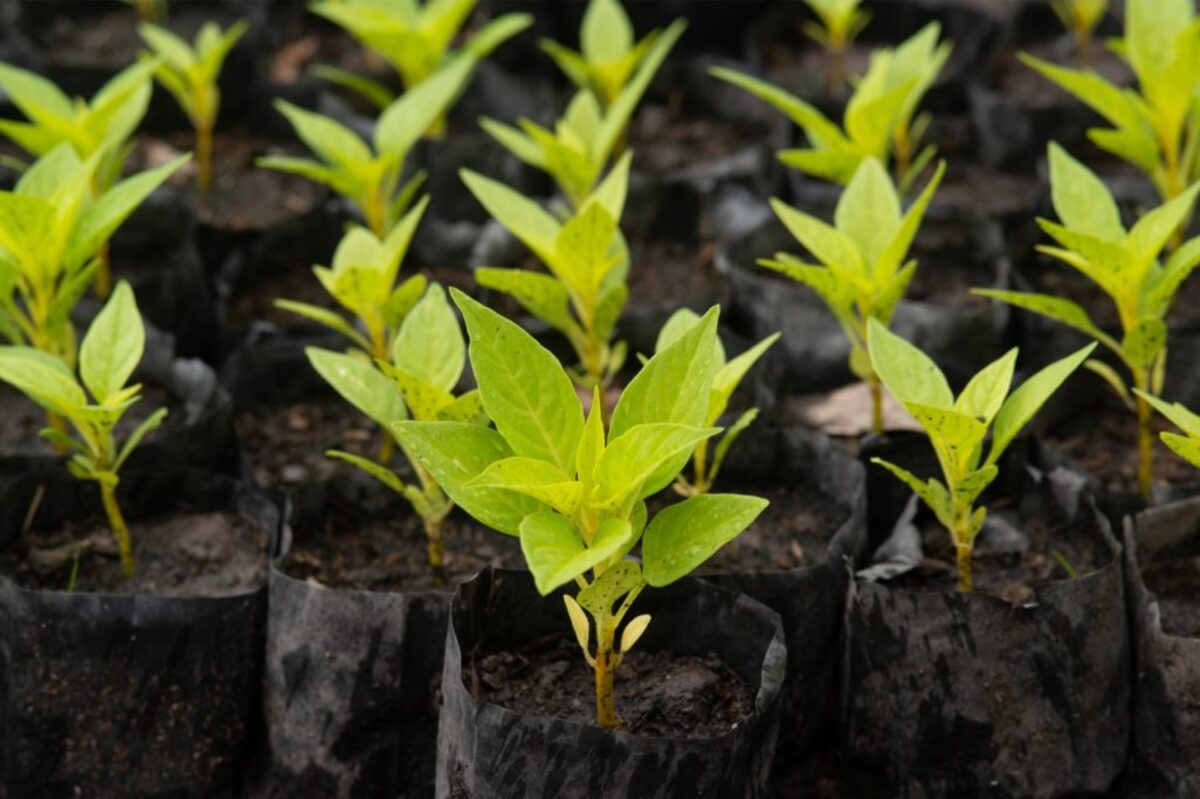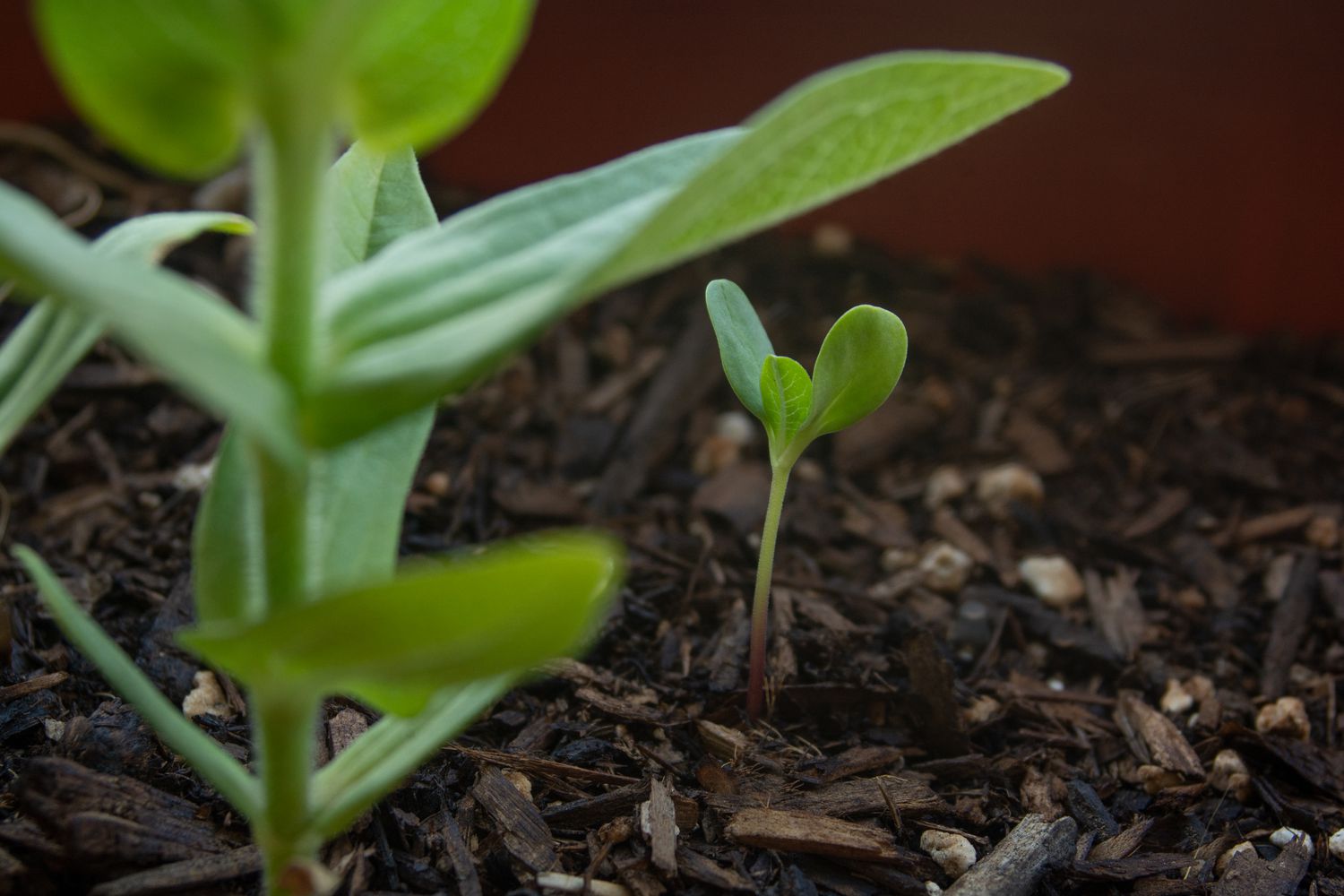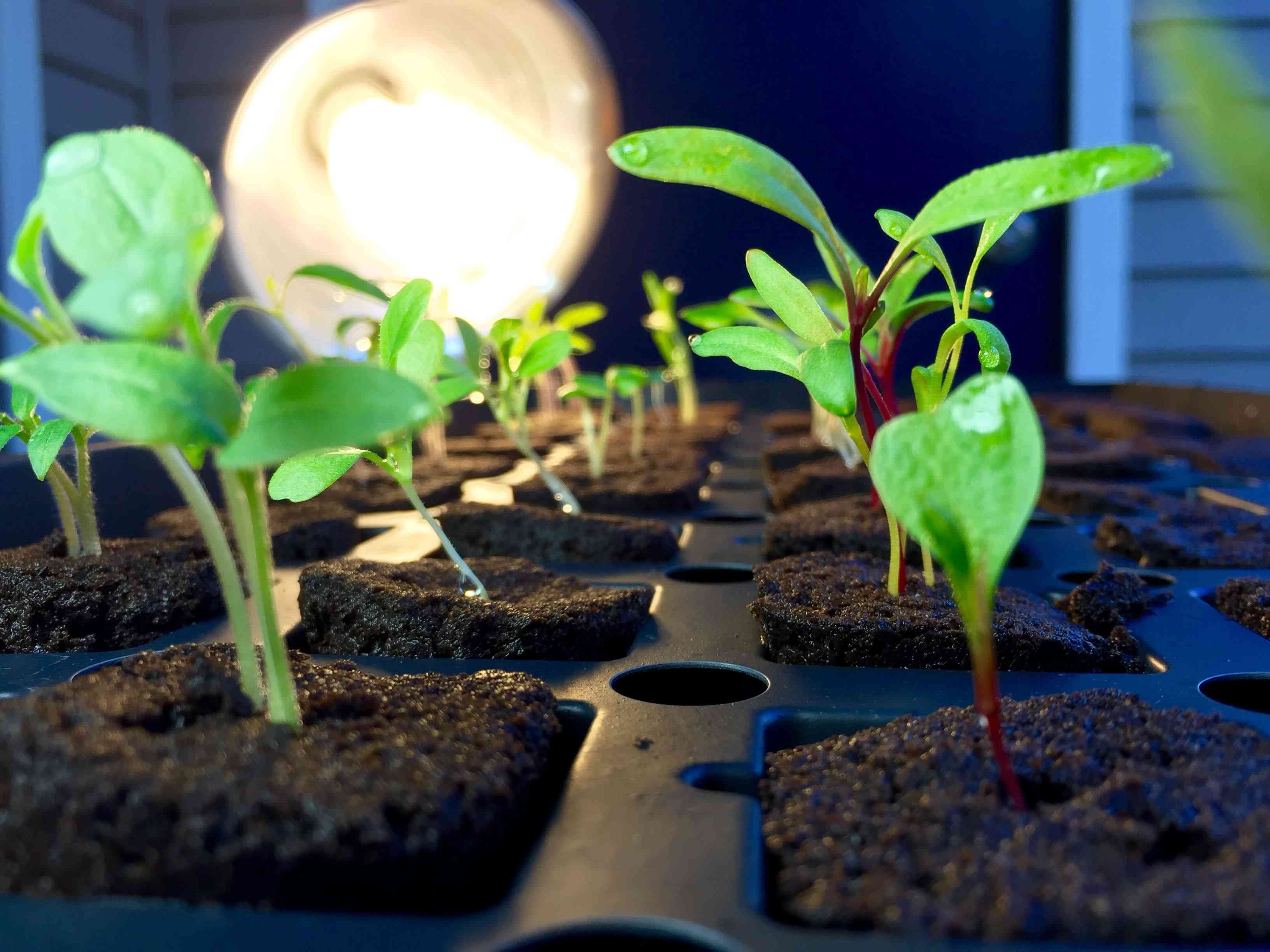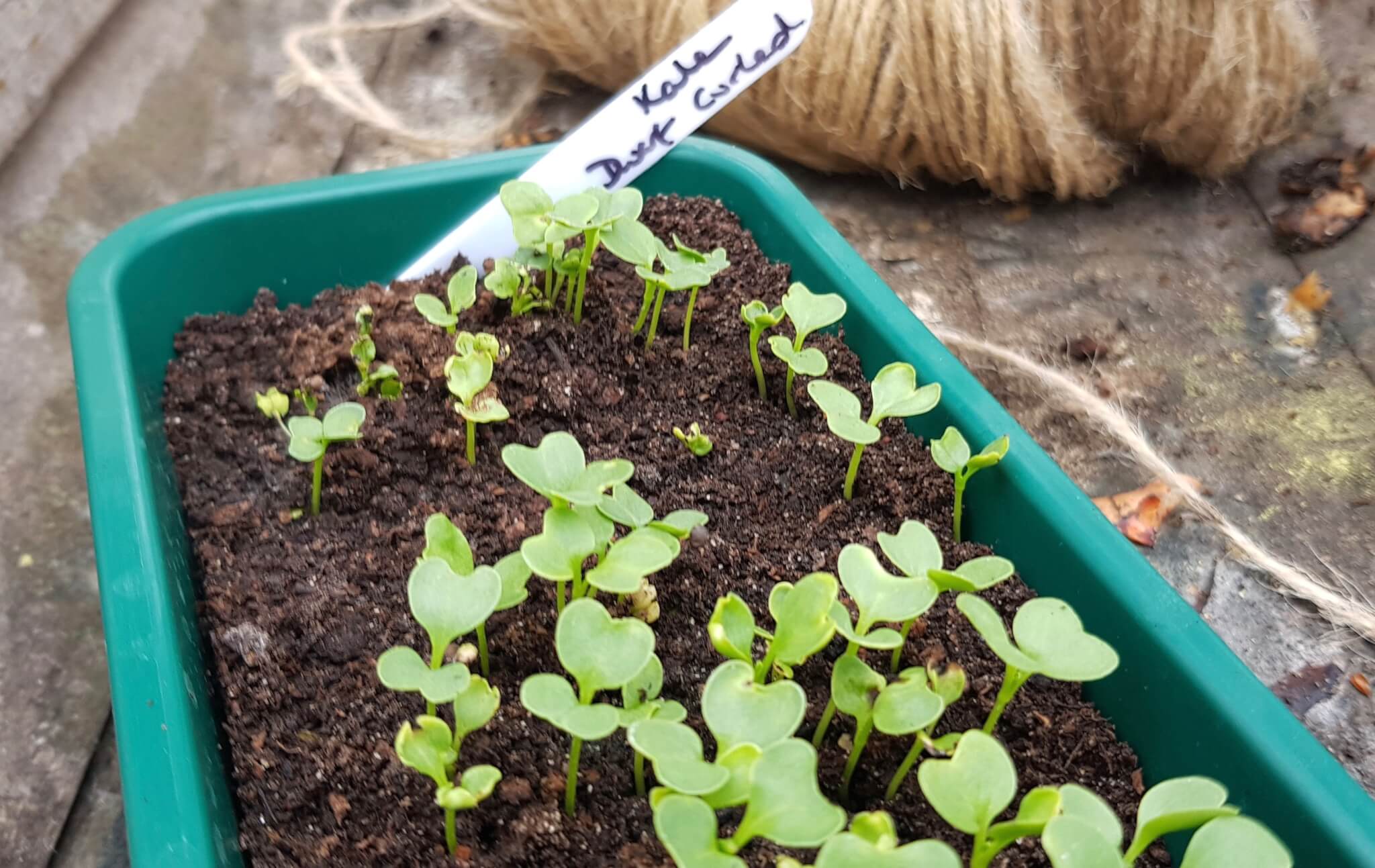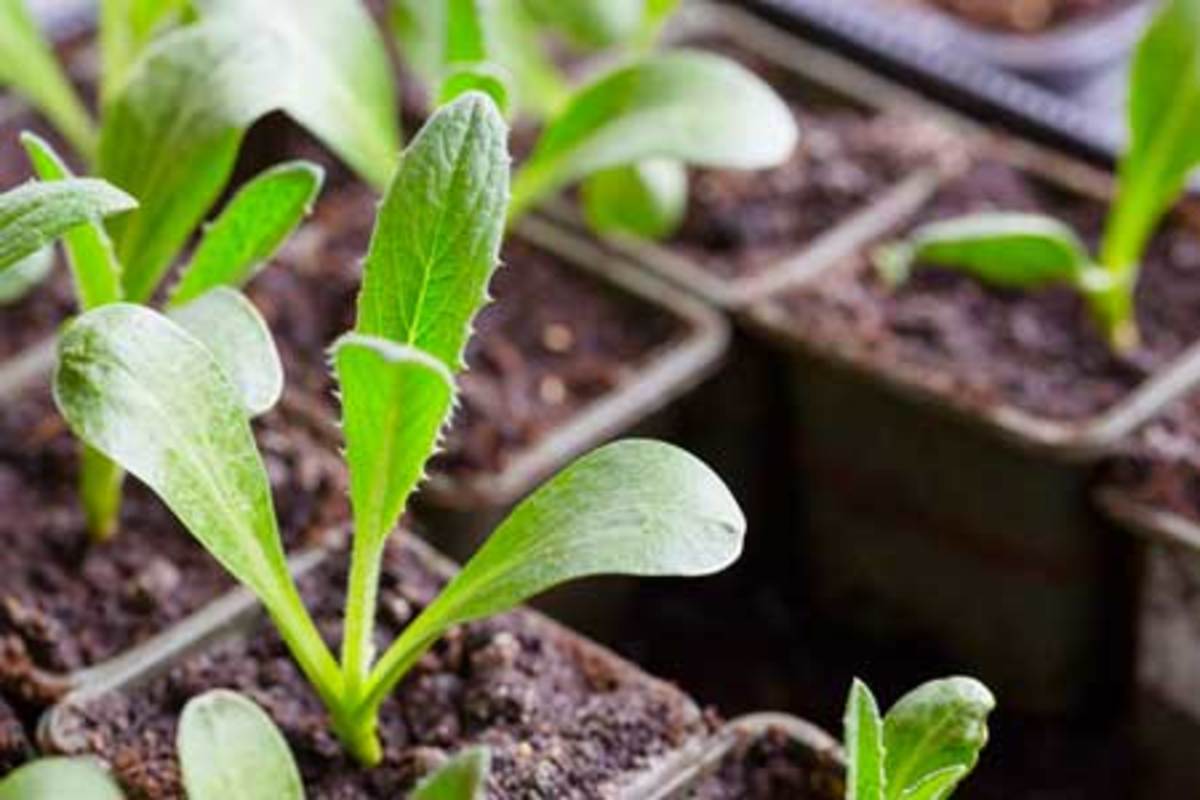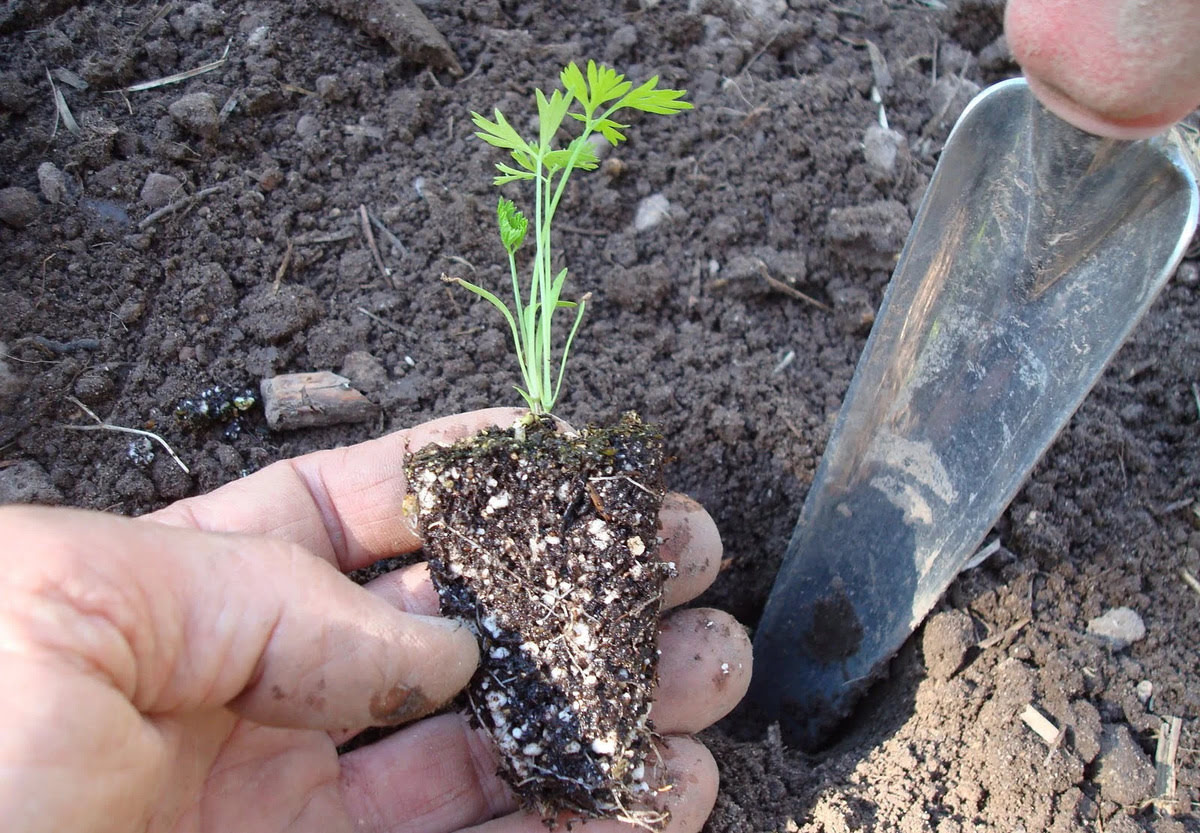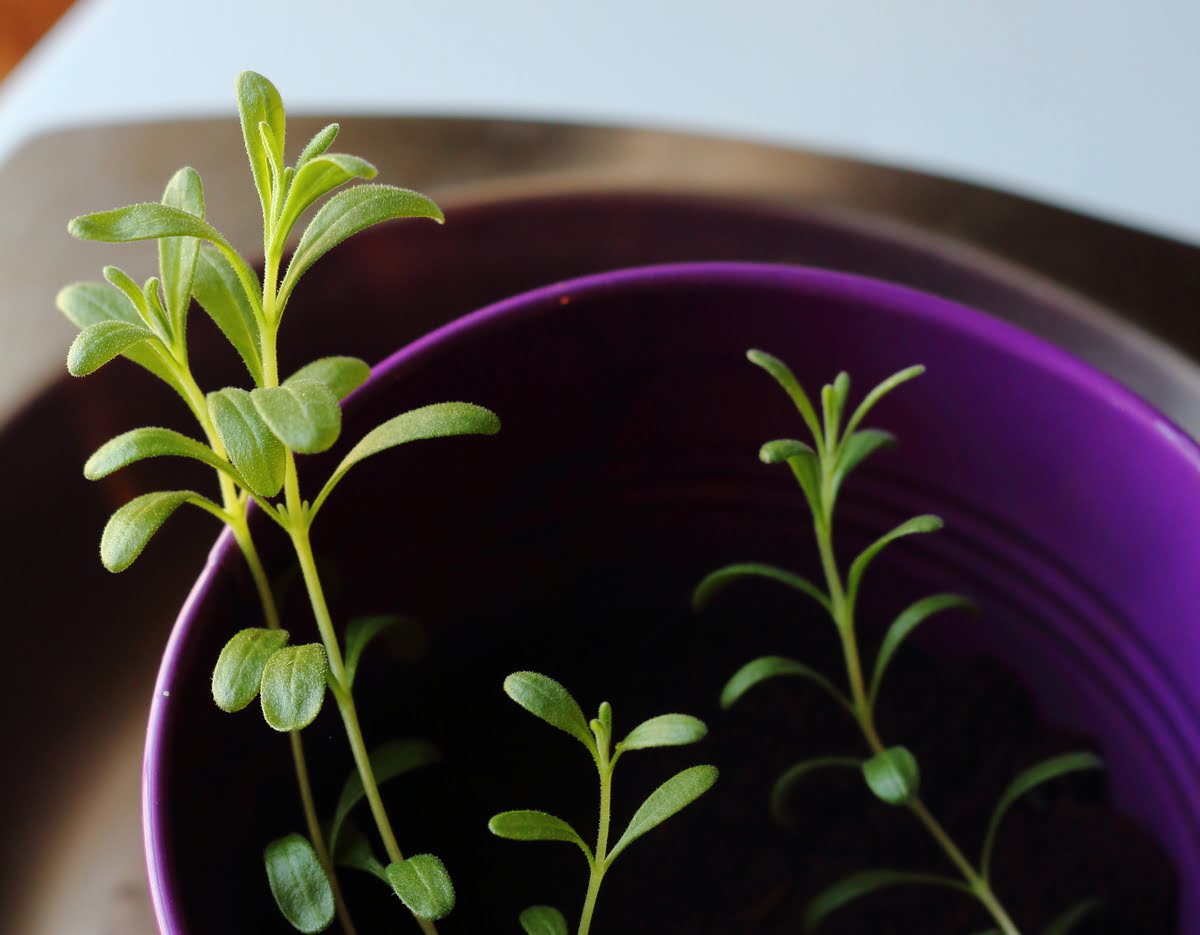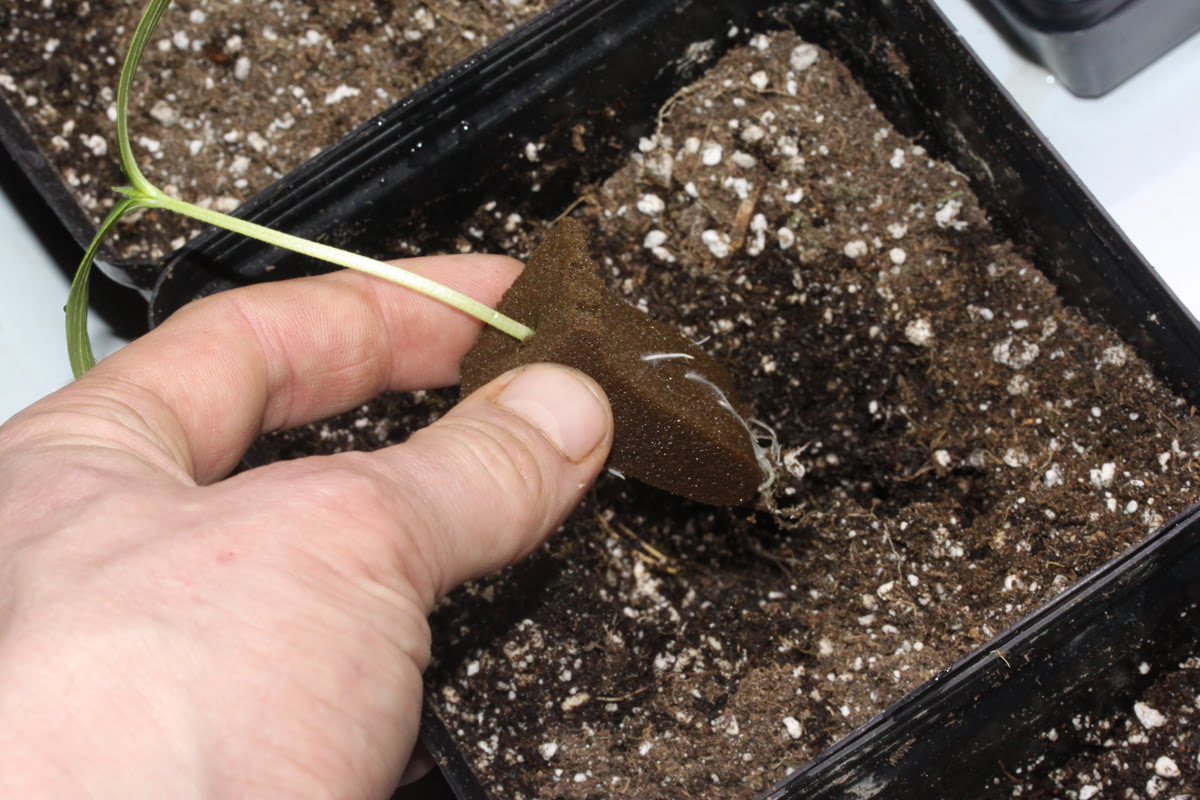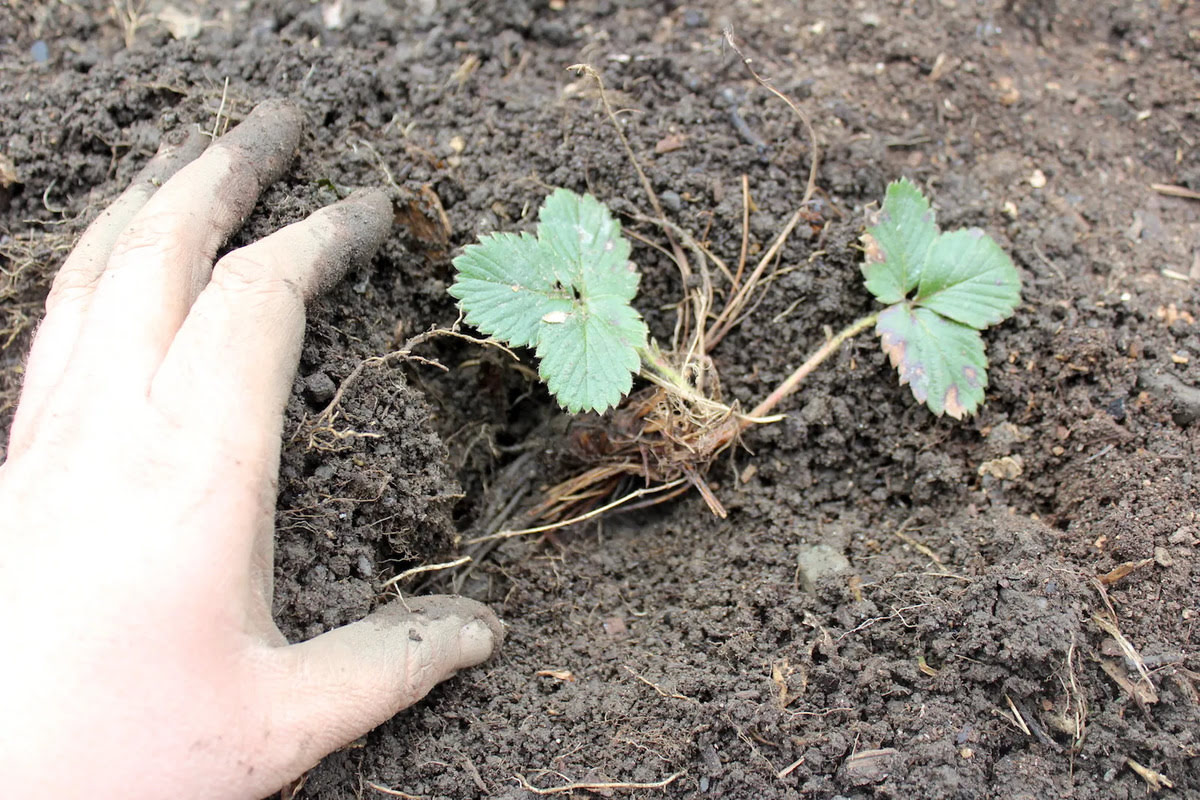Home>Types of Gardening>Ornamental Gardening>When To Transplant Sunflowers To The Ground
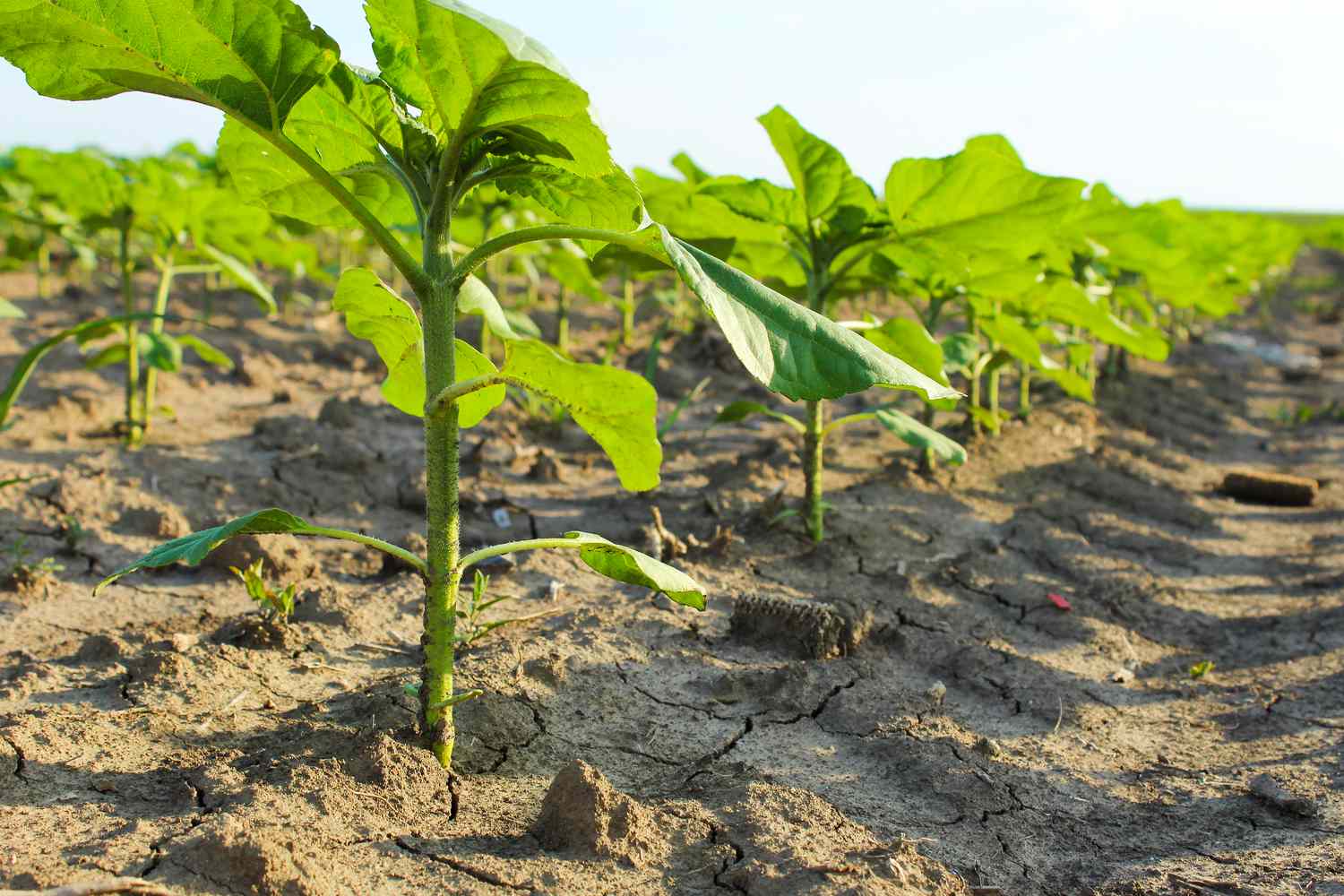

Ornamental Gardening
When To Transplant Sunflowers To The Ground
Published: December 20, 2023
Learn the best time to transplant sunflowers to your garden for a stunning ornamental display. Find expert tips for successful sunflower transplantation.
(Many of the links in this article redirect to a specific reviewed product. Your purchase of these products through affiliate links helps to generate commission for Chicagolandgardening.com, at no extra cost. Learn more)
Table of Contents
Introduction
Transplanting sunflowers from pots to the ground is a pivotal step in their growth journey. This process requires careful consideration of timing, soil preparation, and aftercare to ensure the sunflowers thrive in their new environment. Sunflowers, with their vibrant blooms and towering stalks, are a delightful addition to any garden, attracting pollinators and adding a touch of cheer to the landscape.
Transplanting sunflowers involves moving them from a controlled environment, such as a pot or seedling tray, to the open ground, where they can spread their roots and bask in the natural elements. This transition is crucial for their continued development, as it allows them to access more space, nutrients, and sunlight, enabling them to reach their full potential.
In this guide, we will delve into the art of transplanting sunflowers, exploring the best time to undertake this process, the steps for preparing the ground, the actual transplanting procedure, and the essential care tips for ensuring the transplanted sunflowers flourish. Whether you are a novice gardener or a seasoned enthusiast, mastering the art of sunflower transplantation will empower you to nurture these majestic blooms and witness their awe-inspiring growth firsthand. Let's embark on this horticultural journey and unlock the secrets of successful sunflower transplantation.
Understanding Sunflower Transplanting
Transplanting sunflowers involves carefully relocating them from their initial growing containers, such as pots or seedling trays, to the ground where they will continue their growth journey. This process is essential for sunflowers that have outgrown their current containers or require a more expansive environment to thrive. Understanding the nuances of sunflower transplanting is crucial for ensuring the successful transition of these vibrant blooms.
When sunflowers are initially grown from seeds, they are often started in small pots or trays to provide them with the ideal conditions for germination and early growth. However, as they mature, their root systems expand, necessitating a larger space for sustained development. Transplanting sunflowers to the ground offers them the opportunity to establish stronger root systems, access natural nutrients present in the soil, and benefit from direct exposure to sunlight and rainfall.
Furthermore, transplanting sunflowers allows them to acclimate to the outdoor environment, strengthening their resilience and adaptability. This process prepares them for the varying conditions they may encounter as they continue to grow, ultimately contributing to their overall health and vitality. By understanding the significance of sunflower transplanting, gardeners can facilitate the optimal growth of these striking plants and witness their remarkable transformation as they thrive in their new surroundings.
Best Time to Transplant Sunflowers
Timing is critical when it comes to transplanting sunflowers, as it directly impacts their ability to establish themselves in the ground and flourish. The best time to undertake this process is when the sunflowers have developed sturdy stems and at least two sets of true leaves. This typically occurs when the seedlings are 2 to 3 weeks old. At this stage, the sunflowers are robust enough to withstand the transplanting process while still being at an early enough growth phase to adapt quickly to their new environment.
It is essential to consider the local climate and weather patterns when determining the ideal time for transplanting sunflowers. Generally, it is best to undertake this process in the spring, after the last frost has passed and the soil has warmed up. This allows the sunflowers to benefit from ample sunlight and warmth, promoting rapid root establishment and overall growth. Avoid transplanting sunflowers during periods of extreme heat or drought, as this can place undue stress on the plants and hinder their acclimatization to the ground.
Furthermore, transplanting sunflowers on a calm, overcast day or in the late afternoon can help minimize transplant shock and give the plants a gentler transition into their new environment. By choosing the optimal time for transplanting, gardeners can set the stage for the sunflowers to thrive in their new surroundings, laying the foundation for robust growth and abundant blooms in the coming months.
Preparing the Ground for Transplanting
Before transplanting sunflowers into the ground, it is essential to prepare the planting area to provide an optimal environment for their growth and development. Start by selecting a location that receives ample sunlight, as sunflowers thrive in full sun. Ensure that the soil is well-draining and fertile, as these factors are crucial for supporting healthy root development and overall plant vigor.
Begin the preparation process by clearing the chosen area of any weeds, rocks, or debris that could impede the sunflowers’ growth. Loosen the soil to a depth of at least 12 inches, breaking up any clumps and creating a loose, friable texture that will facilitate root penetration and water absorption. Incorporating organic matter, such as compost or well-rotted manure, into the soil can enhance its fertility and provide essential nutrients for the sunflowers.
Consider conducting a soil test to assess the pH level and nutrient composition of the soil. Sunflowers thrive in slightly acidic to neutral soil with a pH range of 6.0 to 7.5. Based on the soil test results, amend the soil as needed to achieve the optimal pH level and nutrient balance for sunflower growth. This proactive approach can set the stage for the sunflowers to thrive in their new environment.
Prior to transplanting, water the prepared ground thoroughly to ensure that the soil is moist but not waterlogged. This primes the area for receiving the transplanted sunflowers and helps minimize the stress on their root systems during the transition. By meticulously preparing the ground for transplanting, gardeners can create an inviting and nourishing space for the sunflowers to take root and flourish.
Transplanting Sunflowers
Transplanting sunflowers from pots to the ground requires a gentle and methodical approach to minimize stress on the plants and maximize their chances of successful establishment. Begin by carefully removing the sunflowers from their original containers, taking care not to disturb their roots excessively. If the sunflowers were grown in biodegradable pots, they can be planted directly into the ground, as the pots will naturally break down over time.
When transplanting sunflowers, it is important to ensure that the planting holes in the ground are slightly larger than the root balls of the sunflowers. This provides ample space for the roots to spread out and establish themselves in the soil. Gently place the sunflowers in the prepared holes, ensuring that they are positioned at the same depth as they were in their original containers. Backfill the holes with soil, gently firming it around the base of the plants to provide stability.
After transplanting, water the sunflowers thoroughly to settle the soil around the roots and provide essential moisture for their initial growth in the ground. Consider applying a layer of organic mulch, such as straw or shredded leaves, around the base of the transplanted sunflowers to help conserve soil moisture and suppress weed growth. This protective layer also contributes to the overall health of the soil as it decomposes over time.
Throughout the transplanting process, handle the sunflowers with care to minimize root disturbance and ensure a smooth transition to their new environment. By approaching the transplanting process with attentiveness and a gentle touch, gardeners can promote the successful establishment of sunflowers in the ground, setting the stage for robust growth and abundant blooms in the seasons to come.
Caring for Transplanted Sunflowers
After transplanting sunflowers into the ground, providing attentive care is essential to support their ongoing growth and ensure their well-being. Regular watering is crucial, especially during the initial phase following transplanting. Keep the soil consistently moist but not waterlogged, as excessive moisture can lead to root rot. As the sunflowers become established, gradually transition to a deeper but less frequent watering schedule, encouraging the development of deep, robust root systems.
Monitoring for signs of stress or nutrient deficiencies is vital in caring for transplanted sunflowers. Keep an eye out for wilting, yellowing leaves, or stunted growth, as these can indicate underlying issues that require attention. If necessary, consider supplementing the soil with a balanced fertilizer to provide the sunflowers with essential nutrients for healthy growth. However, exercise caution to avoid over-fertilization, as this can negatively impact the plants.
Protecting transplanted sunflowers from pests and diseases is paramount. Inspect the plants regularly for any signs of pest infestation or disease, addressing any issues promptly to prevent them from spreading. Additionally, providing physical support, such as staking, can help bolster the sunflowers as they grow, preventing them from bending or breaking under their own weight, especially in windy conditions.
As the sunflowers continue to thrive in their new environment, deadheading – the removal of spent blooms – can encourage the development of additional flowers and prolong the blooming period. This simple practice redirects the plant’s energy from seed production to the formation of new blooms, enhancing the visual appeal of the sunflowers and promoting their overall vigor.
By caring for transplanted sunflowers with diligence and attentiveness, gardeners can nurture these vibrant blooms to their full potential, creating a spectacle of natural beauty in the garden and reaping the rewards of their horticultural efforts.
